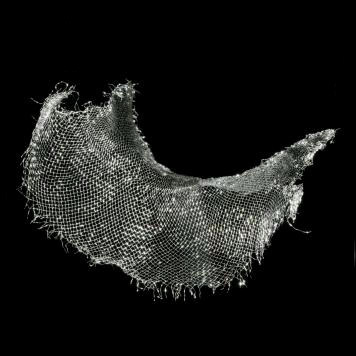◊
◊
◊
◊
Used in jewelry, decoration and dental work



| Pt | Z = 78 | ◊ ◊ ◊ ◊ ◊ |
Platinum | |
| From the Spanish "platina (del Pinto)", meaning "little silver" | ||||
| (AM) Atomic Mass | 195.08 amu | ♦ | +2, +4 | |
| 3827 °C | ♦ | 1772 °C | ||
| 21.37 g/cm3 | ♦ | Face Centered Cubic | ||
| 2.2 | ♦ | 1.28 Å | ||
| Solid | ♦ | (C) Heat Capacity | 0.133 J/g °C | |
| Electronic-Config | [Xe] 4f14 5d9 6s1 | ♦ | 868.37 kJ/mol | |
| 469 kJ/mol | ♦ | 22.17 kJ/mol | ||
| 1735 | ♦ | Columbia | ||
| (E°) Standard Potential | Pt2+⇔ Pt (1.188 V) | |||
| Stable isotopes | 192Pt, 194Pt, 195Pt, 196Pt, 198Pt | |||
| Discovered/Synthesized by | Antonio de Ulloa | |||
| Natural Source | Isolated from the native elements or alloys of the various elements or arsenides | |||
| Common Uses | Labware, spark plugs, catalyst, pollution control, petroleum cracking, processing fats | |||
| Other Info | Widely used in catalytic converters Used in jewelry, decoration and dental work |
|||
Previous Element |
 |
Next Element |
||
| Back to Table |
Common Properties |
|||
| Home Page |
Definitions |
|||